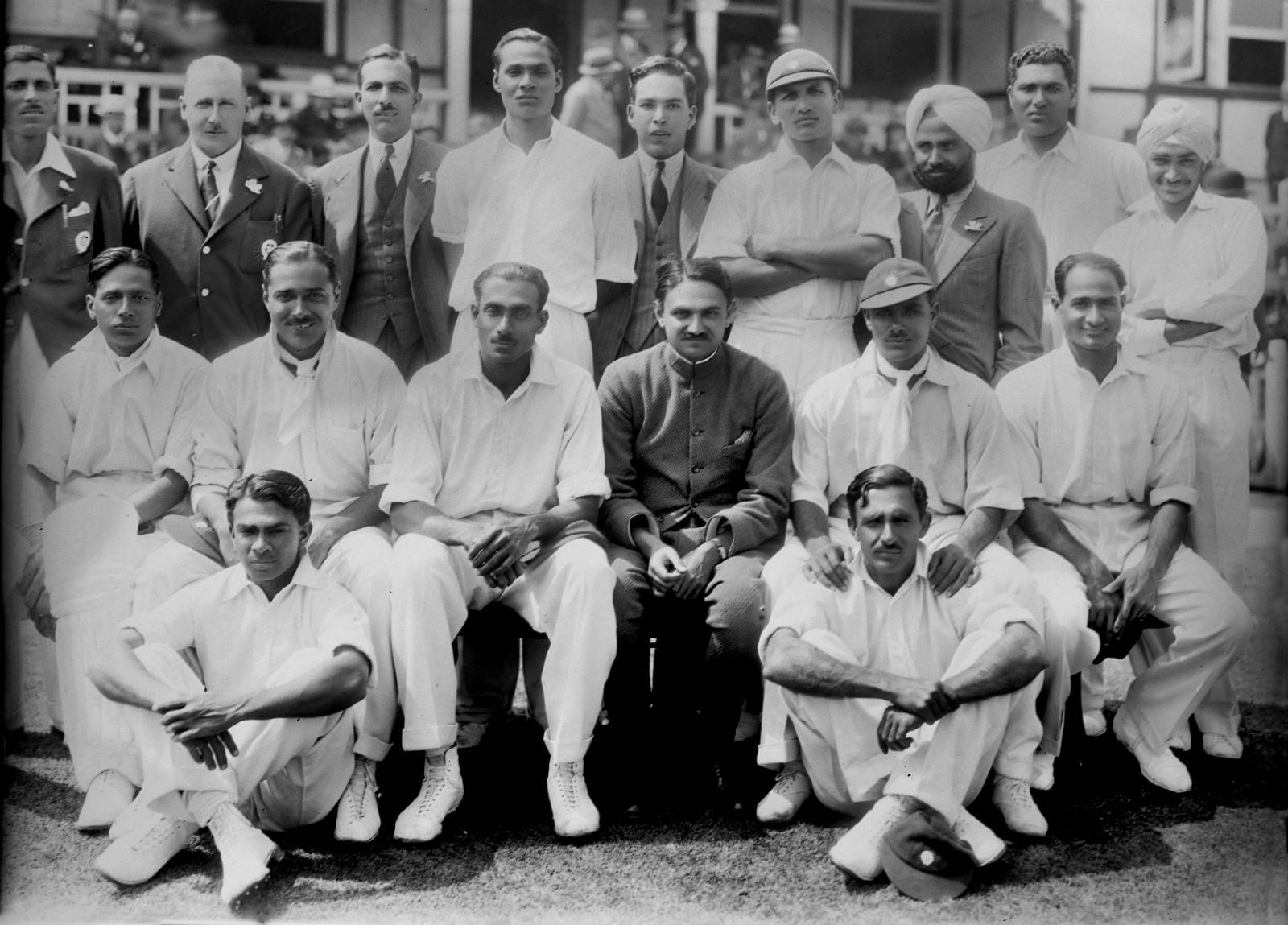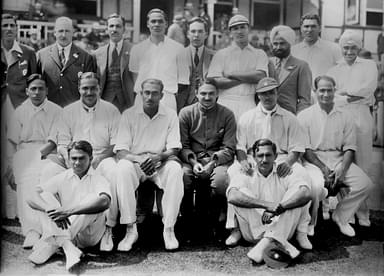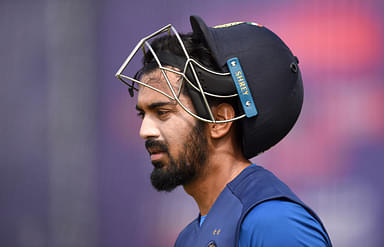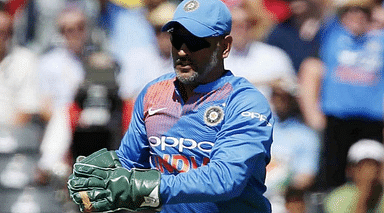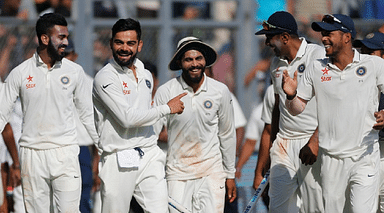The Indian national team has played as many as 495 test matches with a 25.7% win record and 0.8 wins to losses ratio. Ever wondered when India’s first Test Match took place? Or the events which transpired behind the scenes? Read on to find out.
Advertisement
This is the first in a series in which we will look back at the origins of India’s cricketing journey.
Early beginnings
Cricket had begun in India as a pastime of the elite. In Mumbai, (then Bombay) it had been taken up by the Parsees, followed by Hindu Gymkhana, whose team was known as the Hindus. 1907 saw the first triangular tournament between the Parsees, Hindus and the Europeans. In 1912, the Muslims of the Mohammedan Gymkhana were invited to the tournament, making it a quadrangular which became extremely popular. Finally, in 1937 a team called ‘The Rest’, comprising Buddhists, Jews and Indian Christians was added making it the Pentangular.
At different times, the tournament saw landmarks such as the achievements of the Palwankar brothers, belonging to the Dalit community, who broke social norms and achieved fame. Later the Pentangular was also witness to epic battles between two namesakes, Vijay Merchant and Vijay Hazare, who happened to be the finest Indian batsmen of their generation.
MCC tour of India 1926-27
In 1926-27 Arthur Gilligan led an English side (known as MCC in those days) on a tour of India which included several first class matches, but no official test matches. On December 1, 1926 MCC took on the mighty ‘Hindus’ at the Bombay Gymkhana. Till then the visitors had steam rollered all their opposition. However, here they ran into Col. C K Nayudu.
As twenty five thousand people watched amazed, Nayudu played an innings more apt in today’s T20 age. In 116 minutes of breath taking strokeplay, he smashed 14 fours and 11 sixes, amassing 153 runs. The visitors had finally met suitable opposition. Incidentally 4 of that matches ‘Hindu’ XI would go on to feature in India’s first test match XI.
Also Read: England vs Pakistan- Test Series Preview
This and a masterful knock of 148 from another stalwart, Dr. D B Deodhar, 2 weeks later convinced the MCC captain, Arthur Gilligan, to lobby for India’s elevation to test status. This led to the formation of the Indian cricket board in 1928.
Game of captains
India’s first match was to have taken place in 1930-31 but an official tour by the MCC was cancelled due to the Civil Disobedience movement. It was finally decided that India would tour the mother country in the summer of 1932.
The politics of the day meant that India’s captain had to be belong to nobility. The most eligible candidates were KS Duleepsinhji, nephew of the Nawab of Jamnagar, the legendary KS Ranjitsinhji; and the Nawab of Pataudi, Iftikhar Ali Khan. Both were renowned figures in English cricketing circles. However, with the 1932-33 Ashes coming up (which would later be known as the infamous Bodyline series), different figures in positions of power tried to dissuade the duo from taking up the Indian captaincy, which would have rendered them ineligible to play for England.
It is believed that Ranji himself persuaded Duleep to decline any invitation to be part of the Indian team. Pataudi’s case was even more galling as he had taken part in the try outs and had even accepted the captaincy in the last try out match, before backing out. Ultimately Duleep, plagued by ill health, retired from cricket before the Bodyline series, while Pataudi would score a century on test match debut, before running into problems with English captain Jardine.
Incidentally Douglas Jardine, too had been put forth as a suitable candidate to captain India. He was born and had spent his early childhood in Bombay. Ultimately, Jardine captained England against India in the latter’s inaugural test and was also captain during the Bodyline series.
Patiala and Vizzy
The game, in those days, had several wealthy patrons, mostly from the princely states, who contributed generously. The game would have been better served if these gentlemen had limited their ambitions to being observers. However, their pockets ran deep, and their hearts desire knew no bounds.

The two wealthiest patrons of the game in India were Maharaj Bhupinder Singh of Patiala (Patiala), and the Maharaj of Viziniagram (Vizzy). Although neither of the two royals had much acclaim as cricketers, both wanted the glory of being the first Indian captain. They tried to one-up each other through various means. Patiala paid for the tour while Vizzy paid for the trials. Ultimately, Patiala won out and was named the captain. Kumar Shree Ghyanshyamsinhji of Limbdi, a decent cricketer, was named the vice-captain while Vizzy could only secure the post of deputy vice-captain.
Vizzy, clearly dis satisfied with the outcome, pulled out of the squad citing illness. Almost immediately, Patiala also withdrew citing loss of form. A royal had to be found to be captain. Ultimately, the Maharaj of Porbandar, stepped into the void. Nobles aside, the team included Nayudu, who we have already met, along with a host of talented individuals. It included luminaries such as Lt. Syed Wazir Ali and his younger brother Syed Nazir Ali. Also present were the bull-like fast bowler Mohammad Nissar and the dynamic all- rounder L. Amar Singh.
The Hindu Gymkhana protested due to Indian leaders being jailed at the time. As a result, their players. Vijay Merchant, L P Jai and Champak Mehta declined to participate. Also Amar Singh’s elder brother, fearsome fast bowler, L Ramji, was omitted due to running afoul of the influential nobles. Amar Singh himself just made the cut.
The side finally left Bombay on April 4, with huge crowds too see them off. Next time, we will see what transpired on the tour.
